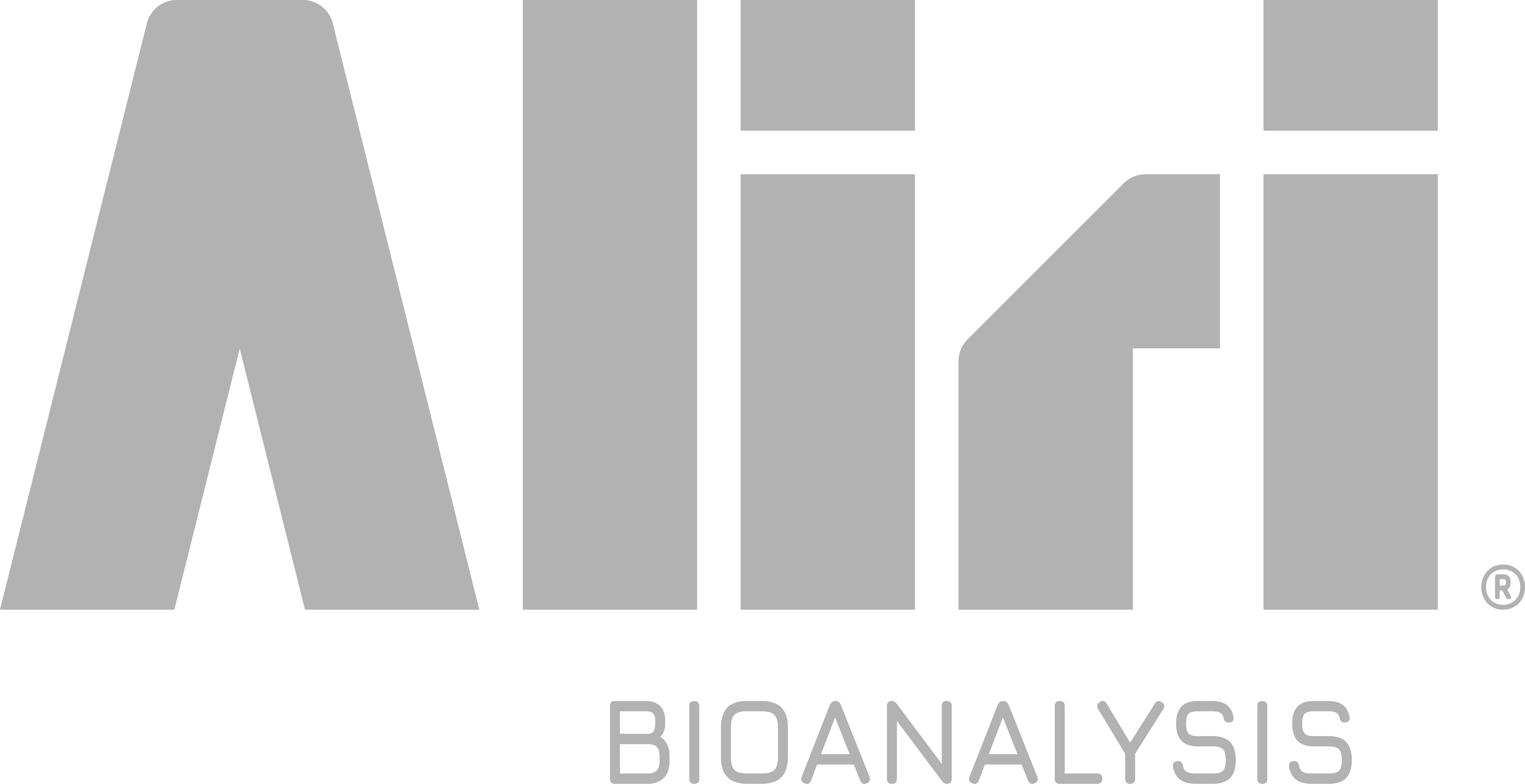PD1 blockade has changed the immunotherapy approach against solid tumors – prescribing patients’ monoclonal antibody-based therapy yielded positive results. However, the number of patients that benefited was small compared to expectations, and lack of attention paid to immunohistochemistry could be responsible. Understanding the tumor microenvironment with a single biomarker is not accurate enough to predict the interaction of the drug with the site of action, or to predict the effectiveness of the drug for the patient.
In this application note, industry expert, Corinne Ramos, PhD, discusses how understanding the tumor microenvironment (TME) at the biomarker level is not enough to predict the interaction of the drug with the site of action. Her study performs a deep spatial profiling of biomarkers on two baseline non-small cell lung cancer (NSCLC) tissue samples. The population of gene expression was characterized with a focus on a specific region of interest on the tissue where she could draw conclusions on the TME.
Her research walks through:
- Immune infiltration
- How phenotype correlates with ICI response
- T-cell-inflamed gene-expression profiles
- Immune suppressive pathways that reduce ICI activity
- Tight immune checkpoint targeting.
Learn why the TME needs to be investigated at the molecular level to accurately prescribe the appropriate therapy.

